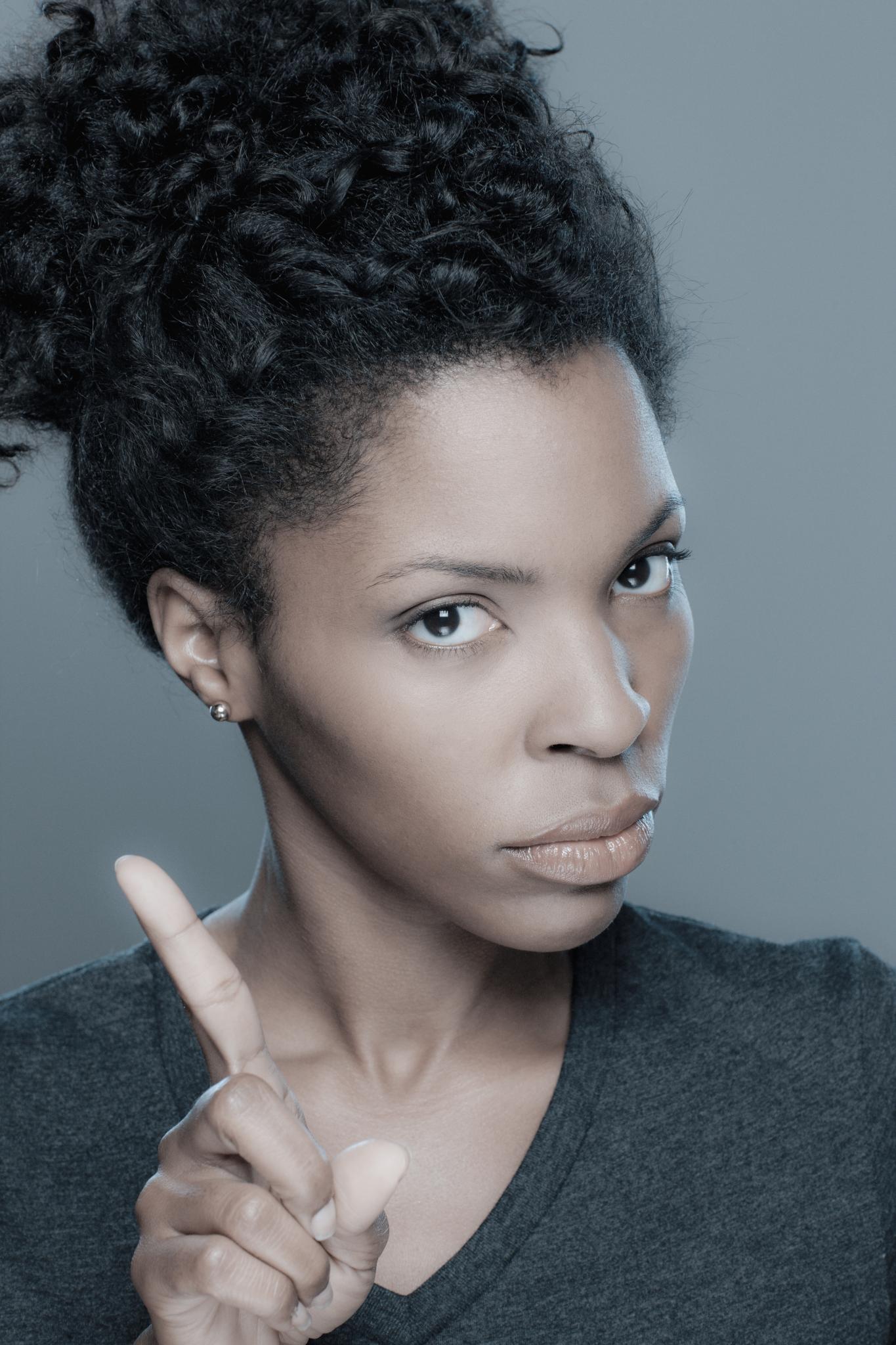
Looking fly can easily be a woman’s daily mission, but keeping it on point during the long and arduous transition can be a wee bit difficult. On one hand, you want to delicately care for the natural strands slowly emerging from your scalp, but on the other, you want to mask them because to most, it looks like you’re in desperate need of a touch-up. What’s a girl to do?
The answer is simple: Find a style that not only looks fab but is also healthy for your transitioning tresses. Braids are many naturals’ go-to style during the transition but all braided styles are not created equal. There are certain styles you should avoid like the plague. The cardinal rule is the larger the braids, the better for the hair.
Wearing small braided styles like microbraids are notorious for pulling hair out from the root; particularly around the edges. Marley braids and Senegalese twists are healthier options but with any braided style make sure the individual who installs it isn’t pulling your hair too tightly. Wearing weaves and wigs are excellent transitioning tools but there are a few guidelines you must follow. If you choose to utilize sew-ins during your transition, use a closure instead of a “leave out.” You don’t want to acquire heat damage during your transition. Also, be careful wearing lace-front wigs. The glue can cause major damage to your edges; you don’t want a Carl Winslow hairline.
If you have severely dry hair, I don’t advise you to wear any style that limits the amount of moisture. Going months without moisturizing properly will leave you with what I like to call Sahara hair. Your hair will feel so dry that it will seem as if you have been trekking across the Sahara for months with no shea butter in sight. As with any style, you shouldn’t leave it in too long. There are many ways to keep it cute as your transition, just be sure to carefully monitor it. And remember, every style that looks pretty isn’t good for you.
Chime Edwards is an extremely popular YouTube vlogger with over 145,000 subscribers. Chime was also featured in Nikki Walton’s (Curly Nikki) book, ‘Better Than Good Hair.’
